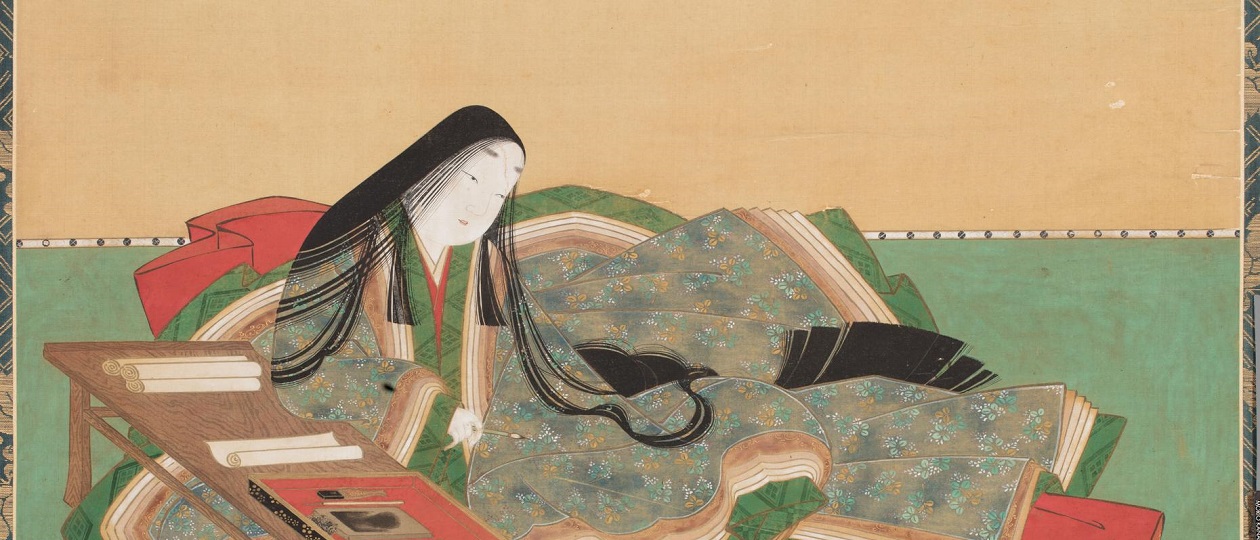
The women of the world for which Genji was written had households to run or lords and ladies to serve, and they could be busy with many tasks, duties, or pastimes.
Still, the pace of life was slow. The tale is for readers who have time. Not only is it long, but it invites a degree of reader participation — a kind of active absorption — that few contemporary novels demand. The narration is never in a hurry, and it follows interweaving, indirect paths that may break off only to reappear later, like a stream that sometimes flows underground.
This may even have been more or less the way the intended audience, especially the most exalted among them, properly expressed themselves, either in conversation or on paper. One young woman in the tale (the Omi Daughter) has decent looks and intelligence, but she talks at breakneck speed, and this alone makes her uncouth. Moreover, having just arrived from the country she does not understand the courtly world she has so suddenly joined, and she has no conception of the caution and decorum that should inform her every gesture. She assumes that if she wants the honor of serving the Emperor she need only ask, but she just makes a fool of herself instead.
Occasional comments by the narrator suggest that the height of distinction in a great lady’s speech could be for her voice to die away before the end of her sentence and that a letter written in “ink now dark, now vanishingly pale” could be particularly elegant. One not only spoke softly and at a measured pace, one also nurtured ambition with understatement and well-placed silence.
Moreover, the narration often juxtaposes elements and scenes rather than stating a connection between them, leaving it up to the reader to see and define the relationship between one thing and another. The moments or scenes juxtaposed this way are not necessarily adjacent to each other. They come together, if they do, only in the reader’s mind, thanks to memory and association encouraged by repeated reading, and the connection is seldom demonstrably intended because the narrator says nothing about it. Overlooking such possible links does not make the tale difficult to understand, but it may make it appear more episodic or fragmented than it actually is.
Is Genji a series of loosely related stories or does it have a larger narrative structure? The character of the narration makes it difficult to decide, and to some extent the tale is what the reader makes of it. Its reticences and silences solicit an informed and engaged imagination.





